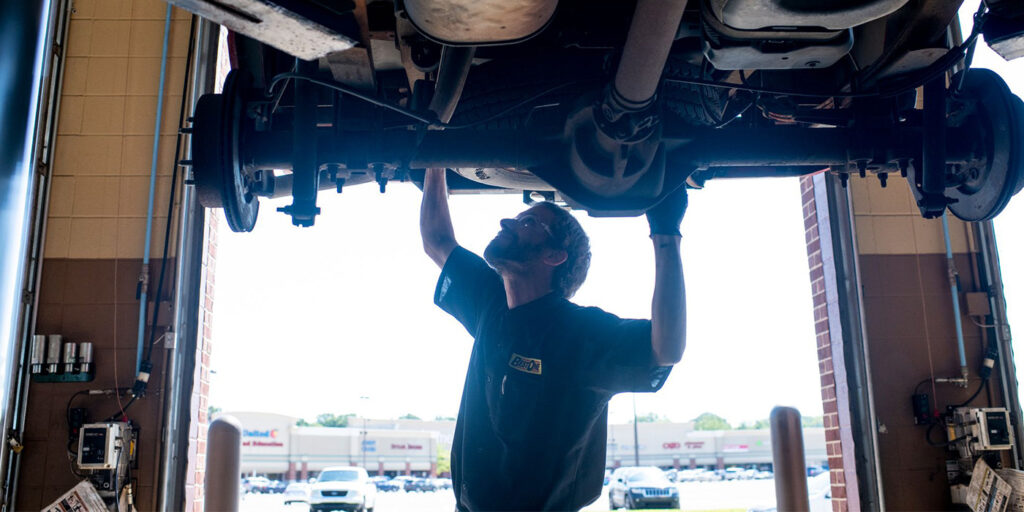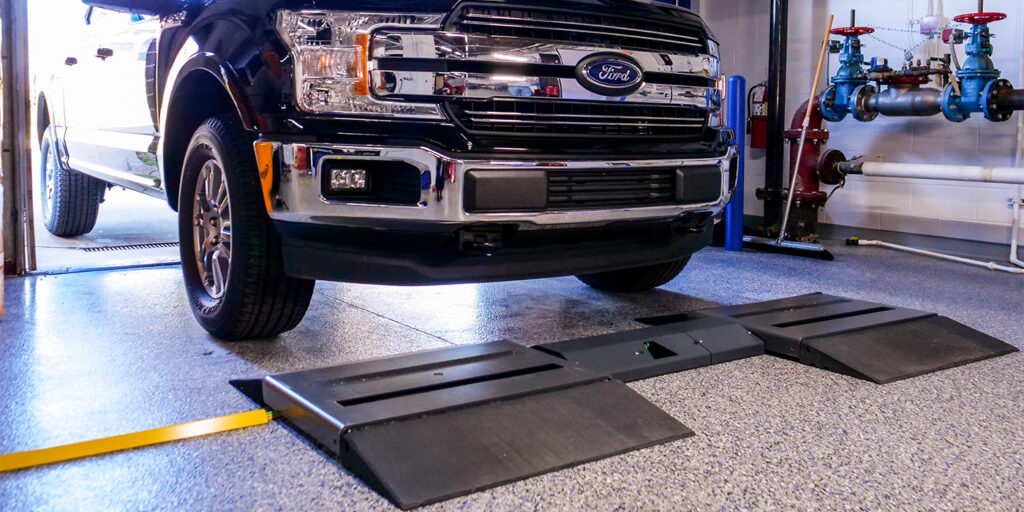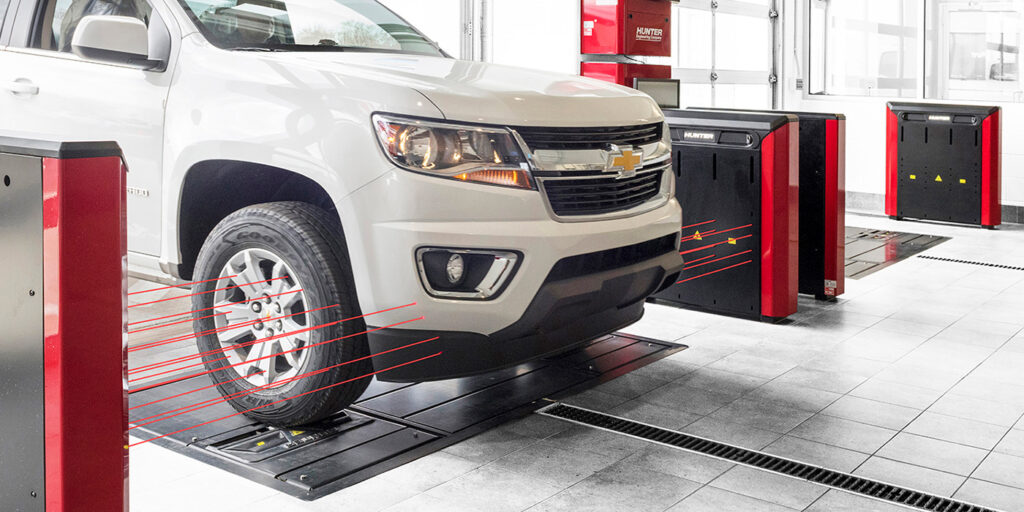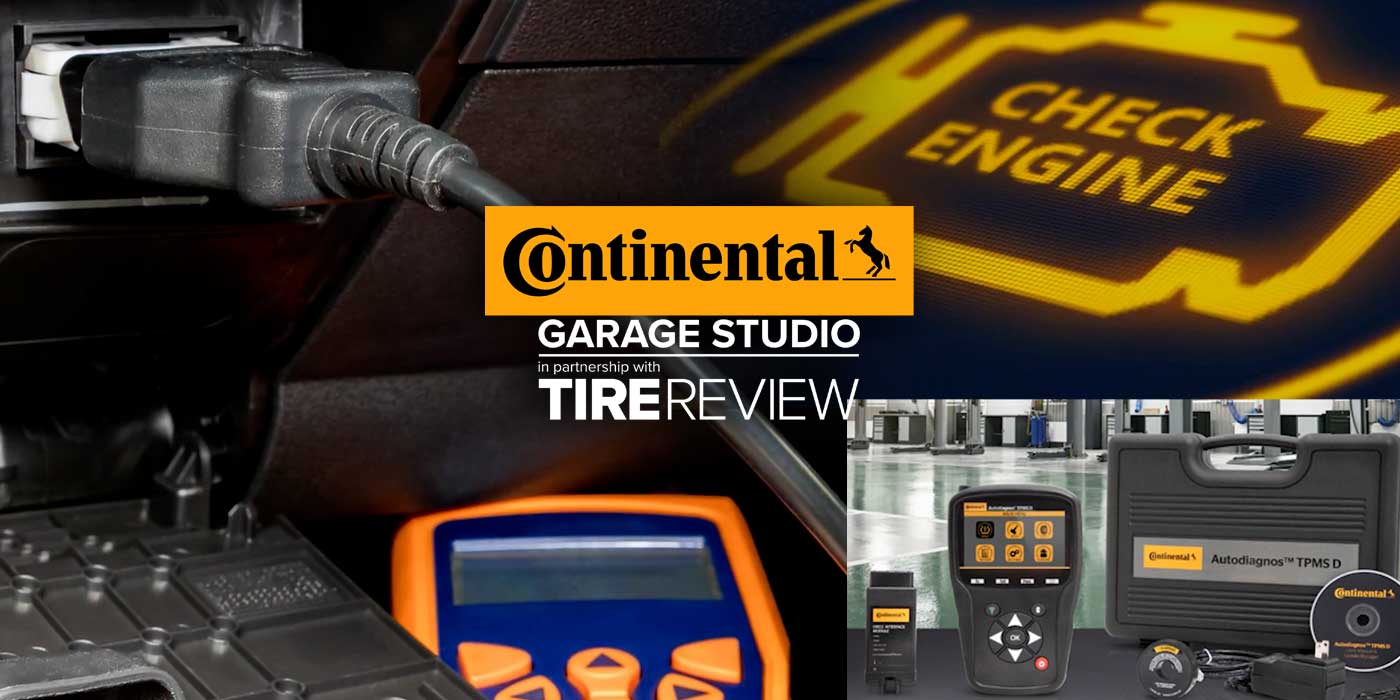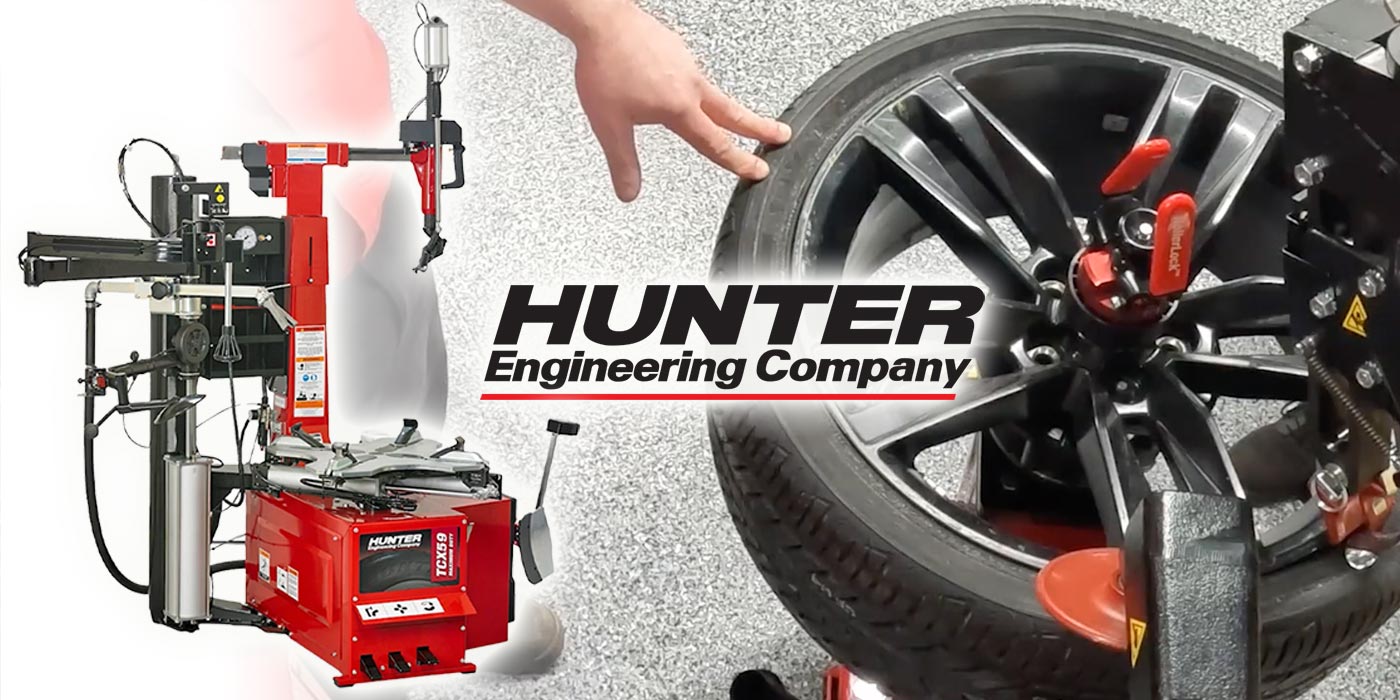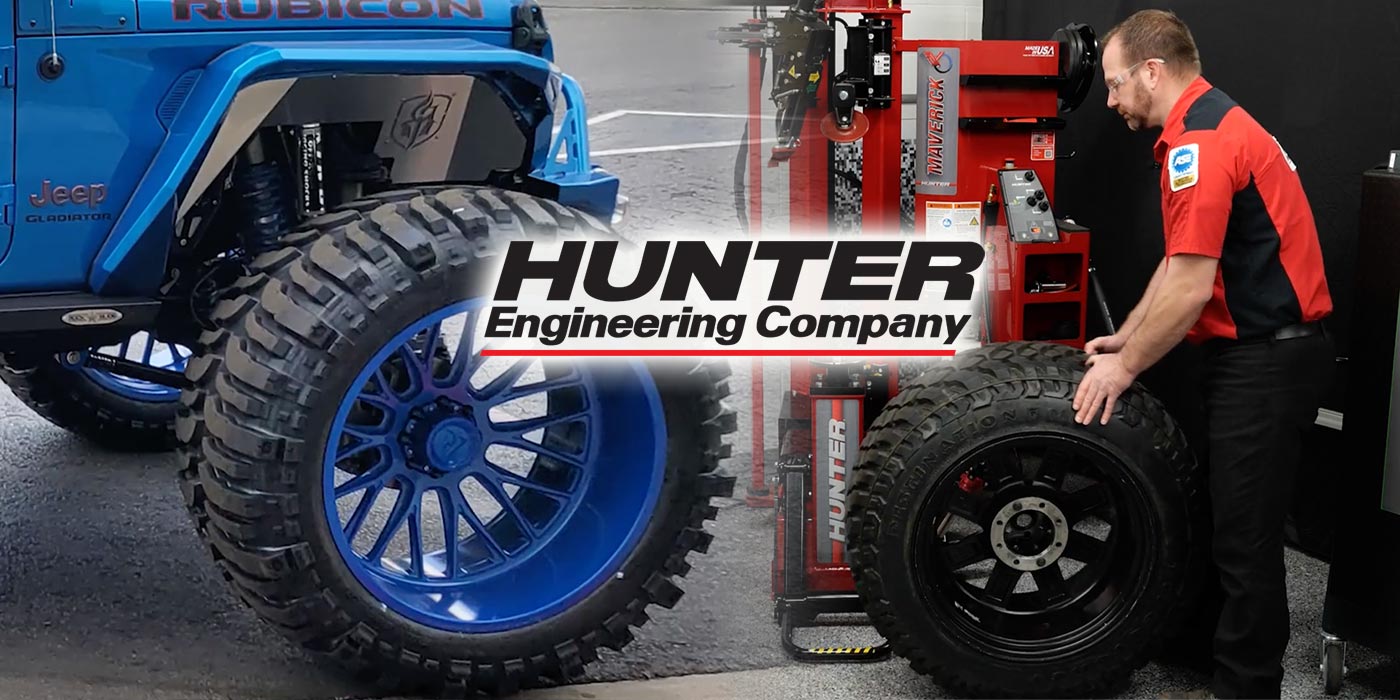Don’t you wish everything aged like a fine wine? While that dry red gets better as the years go on, we humans are subject to old age and wrinkles and our great inventions like cars get rusted and worn out. Tires on those cars get worn out, too. Like our bodies, the more miles you put on tires, the more they wear down.
For tire dealers, tire wear and repair means steady business. You want your customers to choose your shop the next time they’re searching for tires or notice irregular treadwear. That relationship is built initially at the point of sale when you gain your customer’s trust through education by being honest about the tires they buy and how to get the most life out of them.
Tire dealers and equipment manufacturers across the country shared their thoughts with us about advising customers on getting the most out of their tire life, the importance of regular maintenance and the right equipment to improve tire longevity.
Equipment Matters
Longer tire life for your customers starts with owning the correct equipment, says Kyle Harris, product manager for Hennessy Industries, makers of Coats tire equipment.
“Having a tire changer with the correct accessories and using the correct technique and procedure is the best way to make sure that that tire is being mounted properly, safely and without damage,” he says.
Harris explains the most important part of tire longevity is what is inside of it. Air pressure is the number one contributor to increased or decreased tire life and not maintaining the correct pressure can cause irregular tread and edge wear, in turn, decreasing overall tire life. To combat that problem, Harris recommends shops invest in tread depth scanning technology and inspect customers’ tires each visit.
“You need to make sure that you’re keeping your customers’ tires at the forefront of the conversation,” says Harris. “Measuring tire tread depth at every customer visit and interaction really drives home the point that you are there to keep their vehicle and tires in tip-top condition and operating as safely as possible.”
Alex Smith, Hunter Engineering’s product manager for inspection products, says investing in tire scanning technology can give your shop ROI effortlessly. When customers come into your shop, you can scan their tread depth as well as inspect brake and suspension components that may need servicing that day or down the line, which can lead to return visits and additional profit for your shop.
“Coming from an inspection point of view, the best way to preserve a tire’s longevity is to inspect the tread regularly because, if not, once there’s a wear pattern you’re stuck with that,” Smith says. “[Tread-depth scanners] are cool products because the ROI is extremely high. It costs nothing to perform and costs customers nothing. It’s basically a value-added convenience service, like peace of mind for the customer at no real-time labor penalty to anybody.”
Treadwear Education
Without proper tire wear education and advice for longevity at the point of sale, customers may wear tires prematurely and they may not trust your shop for their future tire and vehicle service needs. Advice and service reminders will help gain trust between you and your customers – in turn making them more likely to come to your shop for all their service needs.
Clayton Van Kleek, the owner of Van Kleek’s Tire in Lake Katrine, NY, lets his customers know about the importance of maintaining their tires to maximize their tire investment.
“We are a big advocate of recommending rotating tires, [and anything] that extends their life,” says Van Kleek. “We explain to [customers] that we look for any wear, and we would possibly make a recommendation for an alignment. We recommend that they have the cars at least checked for alignment at least once a year.”
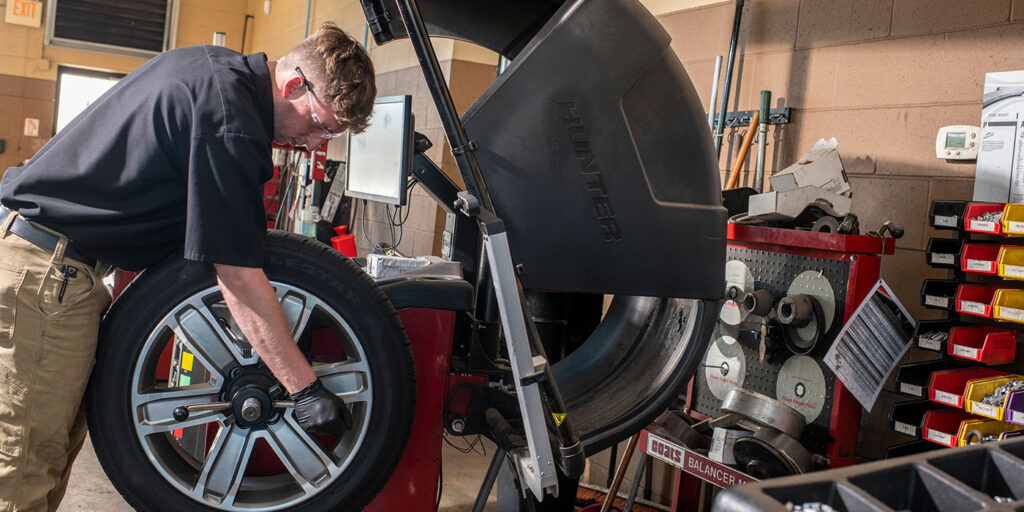
Van Kleek explained that you don’t need to push service on customers to make sure they come back to your shop. He says slight recommendations and reminders during regular service visits do that for you.
“We recommend [tires] when [customers] need them,” says Van Kleek. “What I mean by that is, when the tires are worn down to a point, we’ll tell them how much tread is left and that while [they’re] here, would they like to consider a new set of tires? Then, we encourage them to [come back] twice a year to see the car, rotate the tires, and check [alignment] out. At a minimum, the air pressure is also checked at least twice a year.”
According to Nick Howe, business growth and development leader for Best-One of Indy, it’s important to ask customers detailed questions at the point of sale to find the right tires for their vehicle so that the tire’s tread life can correspond with their driving habits.
“Do you want it to last five more years until you sell the car? Do you want this tire to be the quietest tire you can buy? Or, are you looking for extreme traction?” says Howe. “I think it comes down to that conversation and what information the customer gives you.”
Questions before the sale are great, but you need to make sure service reminders are top of mind for you and your customer, too. For Howe, that means offering advice on services to protect and increase tire life. He recommends customers get their oil changed every 5,000 miles – and tells them to come to Best-One of Indy to do it. Why? Because of the free tire rotations and alignment checks that the dealership offers to customers after they buy a set of two or four tires. Now, patrons consider the shop to be the place to go for all their service needs, not just tire-related ones.
Top equipment and tire service reminders are the reasons Randy Cherniss says his customers come to his San Diego shop, Cherniss Tire World, for all of their service needs – not just tire-related ones. Every customer visit, Cherniss gives his customers a breakdown of their tread wear – whether they just bought the tires or they come to his shop regularly.
“We explain [tire longevity] when we’re selling the tire. We, again, explain it when we’re billing them out,” Cherniss says. “Then, we let them know we’re going to be sending them a reminder every four months to come in and rotate and check the air pressure on their cars so that we can extend [tire] life.
“I always use the analogy of the show, Cheers. Where you go into the bar and everybody knows your name. [We want] the same thing here. I think [customers] get a warm, fuzzy feeling that they will get better tire life and they will be taken care of better more from independent [dealers] than from the box stores.”

